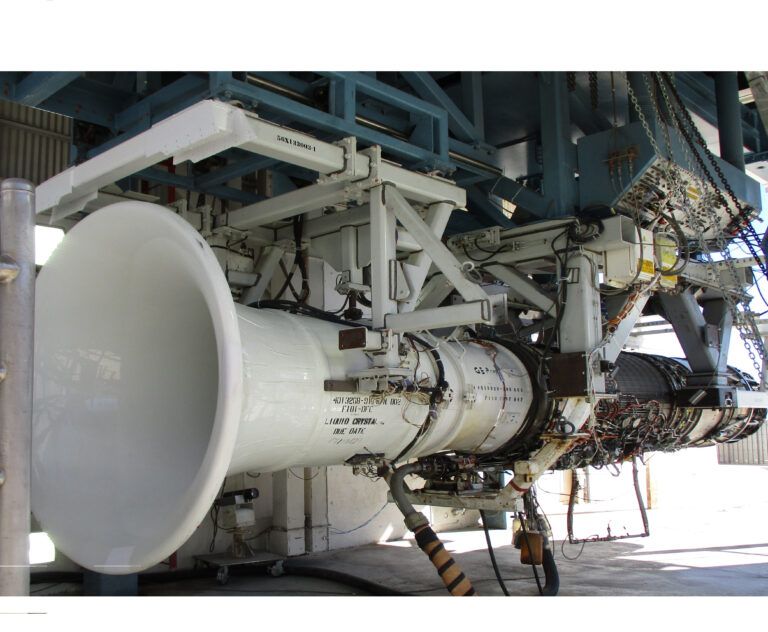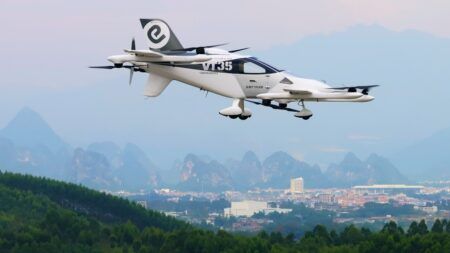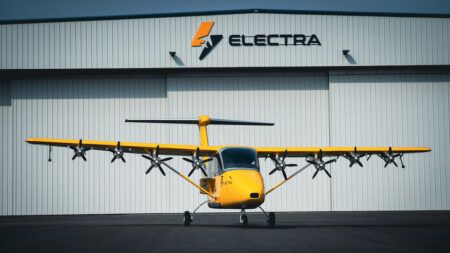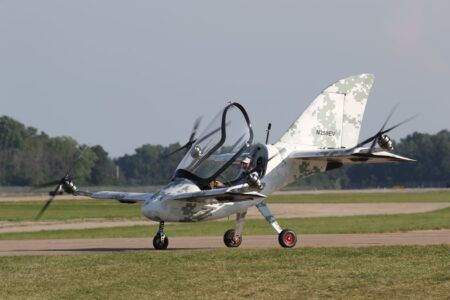GE and Safran joint venture CFM International has begun dust ingestion testing on next-generation high-pressure turbine (HPT) airfoils.
HPT airfoils are blades within a jet engine that convert high-temperature, high-pressure gas energy into mechanical energy to rotate the engine shaft.
The earliest CFM has conducted this type of testing, the dust ingestion testing simulates the real-world operating conditions of engine technologies during development to optimize for durability.
The testing uses a mix of sand and other particles and a specialized rig to inject dust into the engine over thousands of cycles that represent take-off and climb, cruise and landing.
The test campaign replicates how the parts would withstand flight conditions in severe operating environments around the world, important for customer operations.
The RISE engine program
Launched in 2021, the Revolutionary Innovation for Sustainable Engines (RISE) program has completed more than 350 tests to date, including tests on the Open Fan design, compact core, the high-speed turbine and compressor, and hybrid electric systems.
RISE aims to create a next generation engine that provides 20% better fuel burn compared to the commercial engines in service today.
The program’s timeline plans to move from ground to flight testing of the engine this decade. Work is already underway on aircraft integration for the RISE engine in collaboration with partners, said GE.
Arjan Hegeman, vice president for the future of flight at GE Aerospace said, “With the RISE technology demonstration program, we’re pursuing durability and efficiency improvements with equal focus. This incorporates lessons from the flying fleet today to inform our future engine products by testing early and often.”
Core testing
CFM is developing a compact engine core including high-pressure compressor, HPT, and combustor technologies. The core’s Conceptual Design Review has been completed.
More than 3,000 endurance cycles of advanced HPT airfoils were completed earlier in 2025. Previous tests of HPT blades and nozzles focused on validating thermal, mechanical, and system performance.
In September, GE Aerospace appointed Craig Higgins as chief mechanic and Architect for Open Fan technology.





